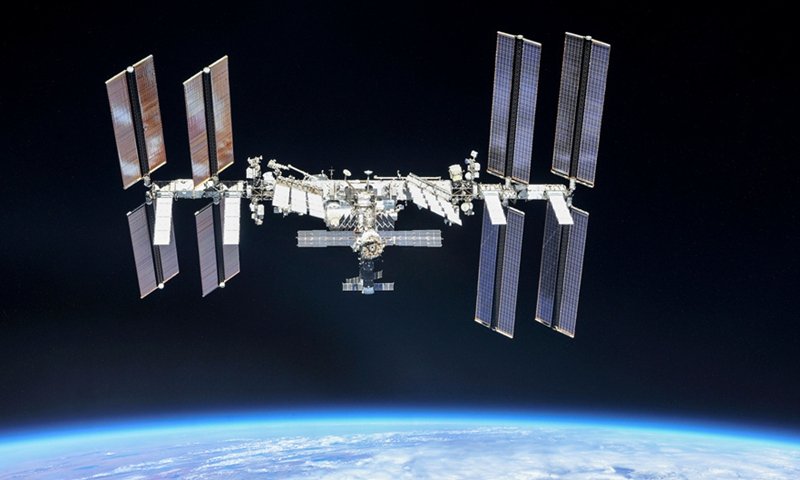NASA is preparing to host more amateur astronauts on the International Space Station (ISS) for up to two weeks each trip.
Ο διαστημικός τουρισμός μας έρχεται και η NASA ετοιμάζεται να το εκμεταλλευτεί. Τον Ιανουάριο του επόμενου έτους, η αποστολή Axiom Space Ax-1 αναμένεται να στείλει ένα επαγγελματία αστροναύτη αλλά και επιβάτες στο σταθμό για την διαμονή οκτώ ημερών χρησιμοποιώντας έναν πύραυλο της SpaceX και μια κάψουλα Crew Dragon. Η Blue Origin δε, δημοπράτησε μια θέση στο space next month for $28 million.

"This year is a renaissance for space flight, as we fly with NASA and our international partners with US commercial spacecraft to the International Space Station," said Phil McAlister, director of commercial space flight development at NASA. astronauts at the station.
"As more people fly into space and see more things during their spaceflight, this will attract even more people to flight, which reflects the growing market we envisioned when we launched the Commercial Crew Program ten years ago."
NASA hopes to work with businesses third parties to send two more "private astronauts" to the ISS. The first tourist flight will take place in the fall of 2022 at the earliest, and the next sometime in mid-2023, if all goes according to plan. The US space agency is not looking to compete with commercial companies and its goal is to work with them.
Private SpaceX will transport to and from the space station, while NASA will provide logistics, food, materials and services for amateur space travelers to live on the ISS. Amateur astronauts will be able to live on the ISS for up to 14 days and will not be allowed to interfere with professionals working on board. The launch rocket and the vehicle that will transport the space travelers will have to be approved by NASA.
Of course, the fares will not be cheap. The space agency will charge $5,2 million in "base costs" for each mission and another $4,8 million for the programming required to implementation of the mission. Add in the cost of feeding the amateur astronauts – that's $2.000 per person per day for dried food – and up to $1.500 per day for other amenities like sleeping bags, clothing and more. Not to mention payload costs and other fees that can add up to $164.000 a day per person.
The money earned from space tourism will help fill NASA's coffers, giving them an extra source of revenue to fund its costly scientific missions.





